Cooling Fan System CFD Simulation Using 3D Fan Zone Model – ANSYS Fluent Tutorial
Cooling Fan System CFD Simulation Using 3D Fan Zone Model – ANSYS Fluent Tutorial
- Upon ordering this product, you will be provided with a geometry file, a mesh file, and an in-depth Training Video that offers a step-by-step training on the simulation process.
- For any more inquiries regarding the product, please do not hesitate to reach out to us at info@CFDLAND.com or through our online support assistant.
€140 Original price was: €140.€125Current price is: €125.
Cooling fans are essential parts of many devices we use every day. They help computers, cars, and buildings stay cool by moving hot air away from important parts. Without good cooling fans, electronics can break down or work poorly due to overheating. In this study, we use the 3D Fan Zone Model in ANSYS Fluent to see how well different fan designs work. This special model is much faster than older methods because it doesn’t need to show every tiny detail of the spinning fan blades. Instead, it treats the fan area as a special zone where air gets pushed in the right direction. This smart approach saves a lot of computer time but still gives accurate results about airflow patterns, cooling effectiveness, and noise levels. Many engineers now prefer this method when designing cooling systems for computers, data centers, or car engines. Also, the 3D Fan Zone Model helps find the best fan speed and placement without building many expensive prototypes. As a result, companies can make better products that use less energy while keeping everything at safe temperatures.
Figure 1: Cooling fan bearing type
Simulation Process
This CFD simulation recreates a room with various elements including a cooling coil to study airflow patterns and temperature distribution. The model uses a transient approach to capture time-dependent flow behavior rather than just steady-state conditions. A key feature is the 3D Fan Zone model, which simplifies fan geometry while preserving accurate flow characteristics. The exact performance curve of the AFB50x50x15mm fan is implemented through a User-Defined Function (UDF), ensuring realistic pressure-flow relationship based on manufacturer data. This creates a forced convection scenario where air movement is driven by the fan rather than natural buoyancy effects. The computational domain consists of a highly detailed structured grid containing 2,708,067 cells, providing excellent resolution for capturing flow features near walls and through the fan region.
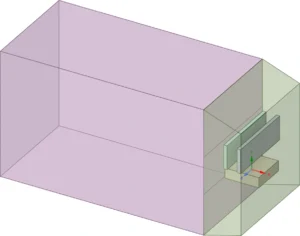
Figure 2: Cooling fan implementation in a room using 3D fan zone model
Post-processing
The velocity curve plot shows a complicated airflow pattern that the cooling fan system makes. Air speeds hit their highest point near the fan, at about 3.88 m/s (red and orange regions). This creates a high-speed jet that goes into the room. As this jet goes away from the fan, it slowly gets bigger and slower, making a cone-shaped flow pattern. This main jet pulls in air from the surroundings, making recirculating zones that can be seen in the blue areas where speeds drop below 1 m/s. These recirculation patterns are very important for good room ventilation because they keep air from getting stuck in spots. The streamlines show how the air flows around things in the way before spreading out across the whole area. This behavior is normal for an axial fan, where flow is strongest along the central axis and weakest around the edges. The steepest velocity gradients are found near the fan exit, which suggests that there may be places with a lot of noise and turbulence.
Figure 3: air recirculation due to use of cooling fan system using 3D fan zone model
The temperature spread visualization shows how well the cooling works across the whole room. When the cooling coil works at lower temperatures, it sets a clear thermal border, which can be seen in the blue-purple areas (about 297.16K or 24°C). Moving through the room, this cool air slowly takes in heat, getting warmer until it reaches about 298.25K (25.1°C) in the places farthest from the source of cooling. It is clear that there are different temperatures because cooler air tends to gather in lower areas where it is denser. One interesting thing is that the temperature was the same in most of the room that was used, which shows that the fan system did a good job of mixing the air. The temperature difference is biggest within a meter of the cooling unit. After that, temperatures become more even. This means that the flow rate and placement of the fan are good fits for the room’s size and cooling needs. The animations would show more about the cooling process over time, like how the system adjusts to changing conditions and finds thermal equilibrium. This changing behavior is important for figuring out the right size of the system and how to control it.
Figure 4: Cooling fan cool down the hot elements
We pride ourselves on presenting unique products at CFDLAND. We stand out for our scientific rigor and validity. Our products are not based on guesswork or theoretical assumptions like many others. Instead, most of our products are validated using experimental or numerical data from valued scientific journals. Even if direct validation isn’t possible, we build our models and assumptions on the latest research, typically using reference articles to approximate reality.
Yes, we’ll be here . If you have trouble loading files, having technical problems, or have any questions about how to use our products, our technical support team is here to help.
You can load geometry and mesh files, as well as case and data files, using any version of ANSYS Fluent.
€310 Original price was: €310.€170Current price is: €170.

€130 Original price was: €130.€85Current price is: €85.

€160 Original price was: €160.€135Current price is: €135.

€135 Original price was: €135.€65Current price is: €65.

€240 Original price was: €240.€125Current price is: €125.

€255 Original price was: €255.€135Current price is: €135.




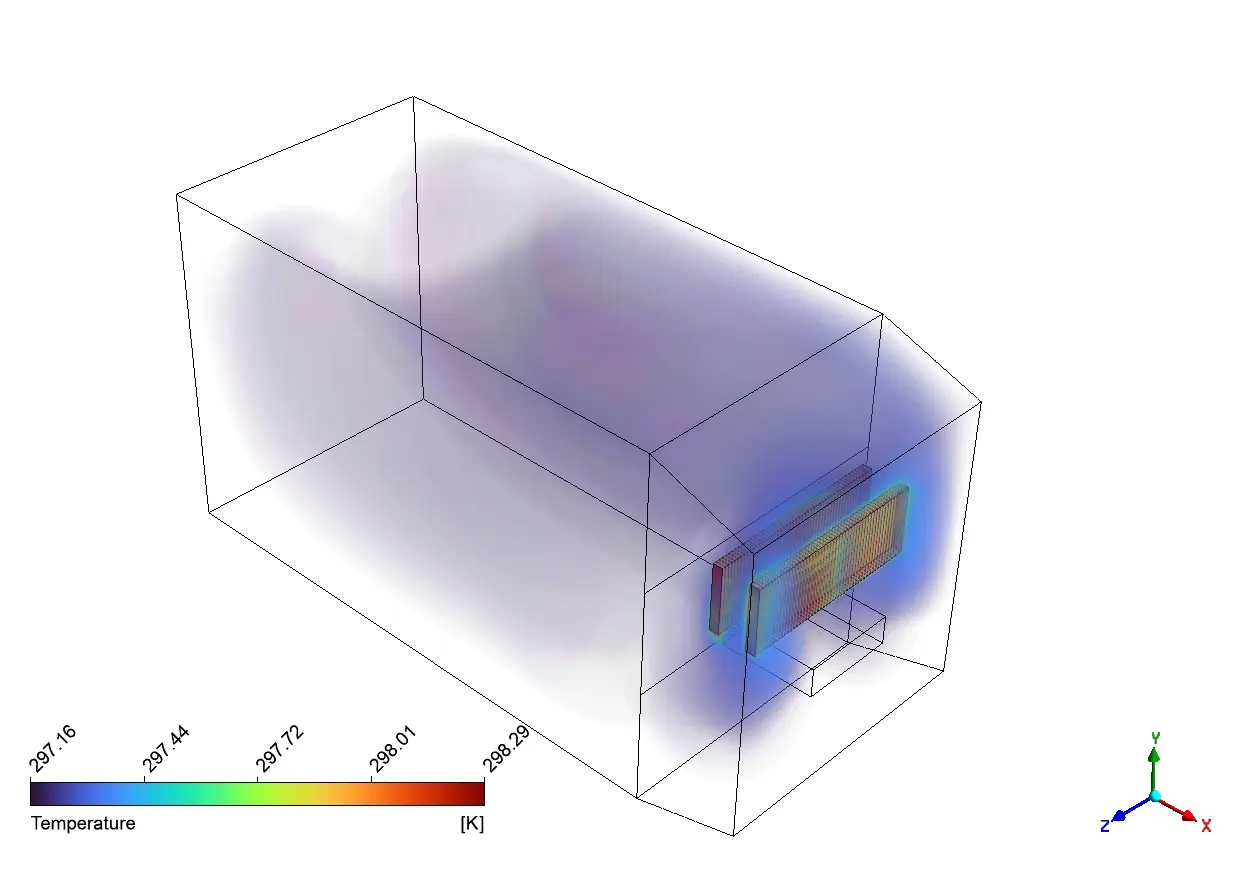


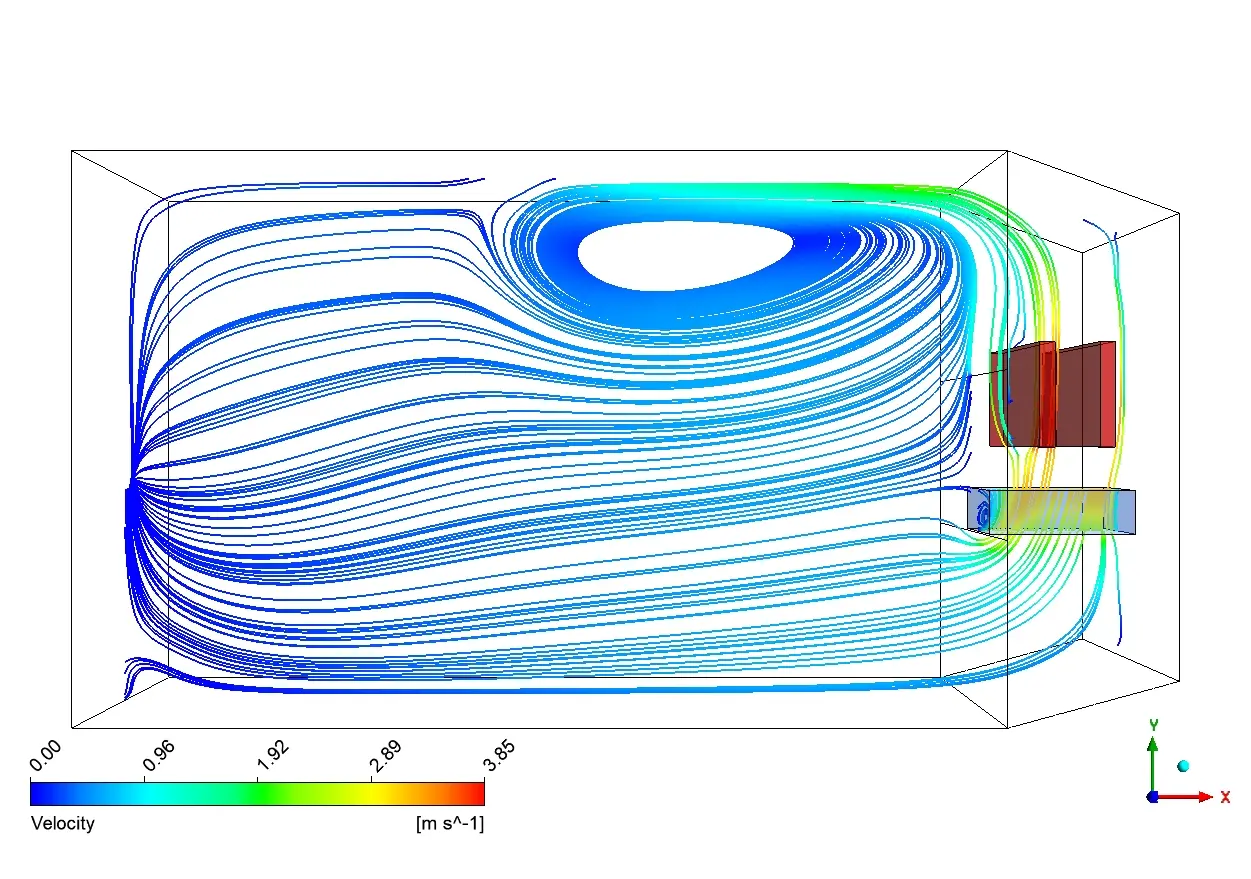
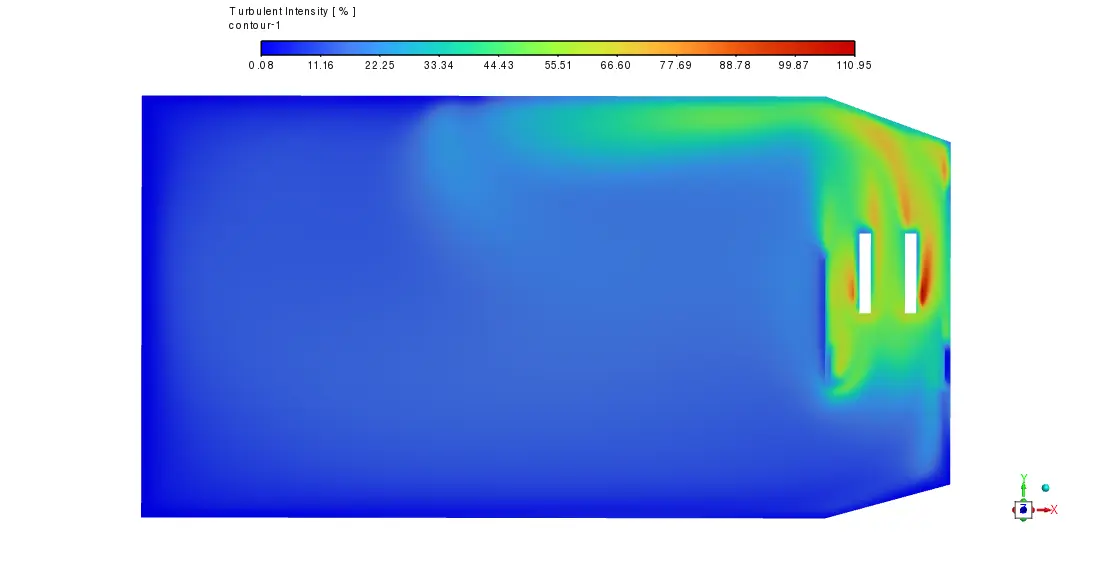
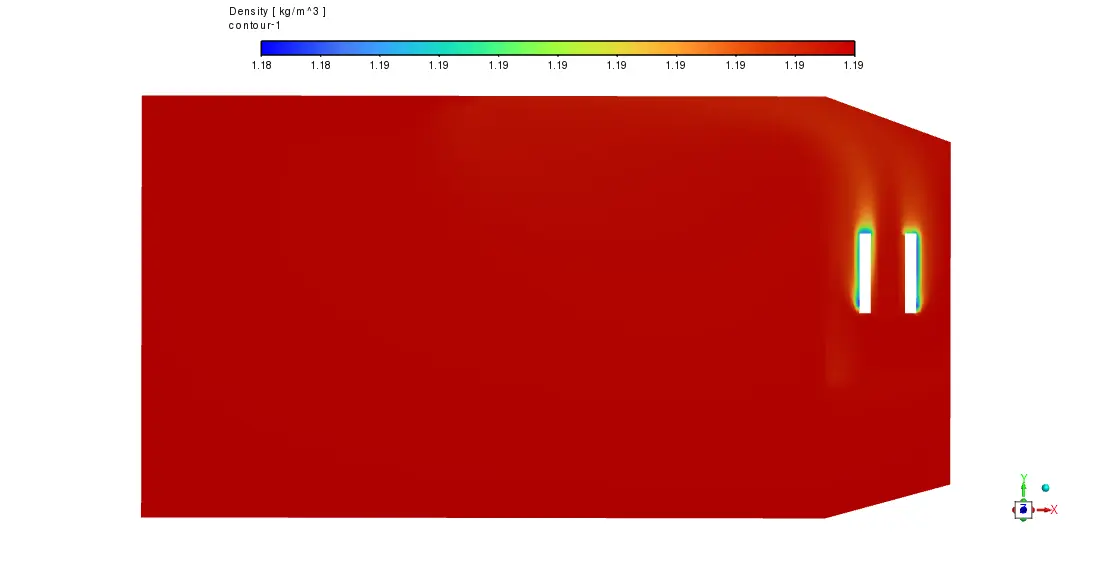
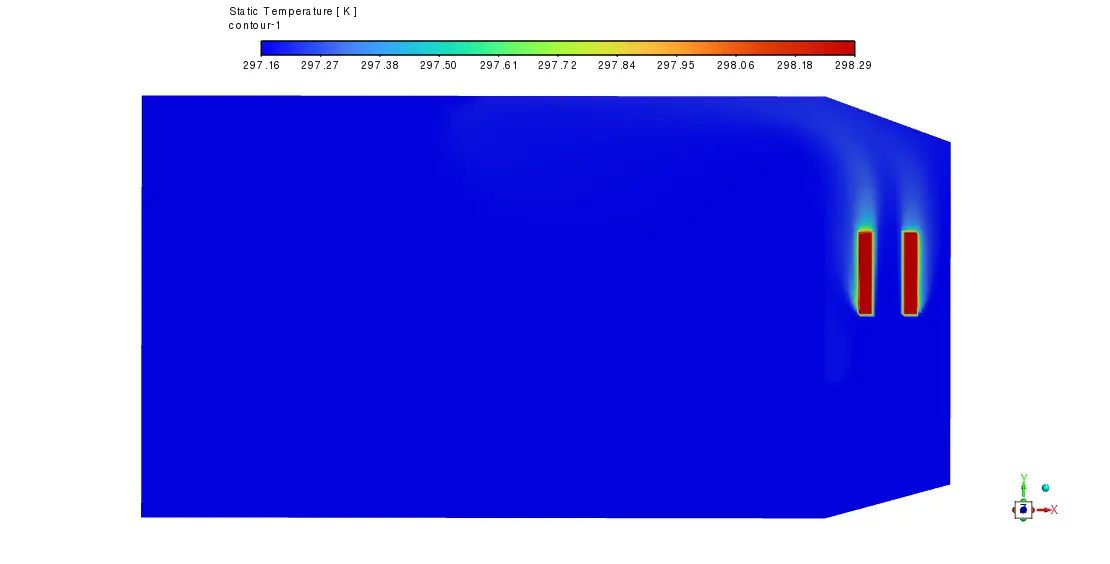
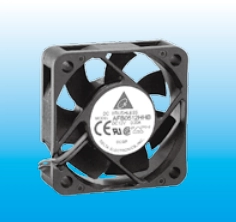
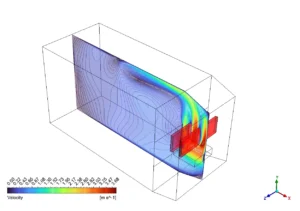
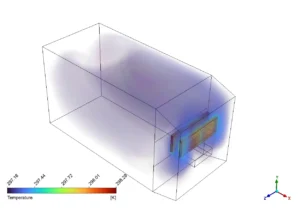






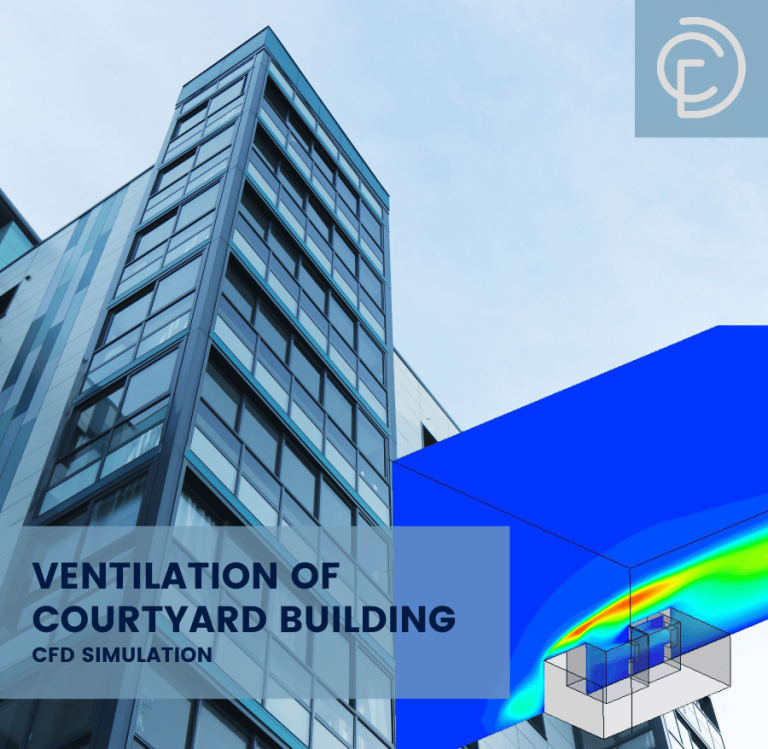




Reviews
There are no reviews yet.